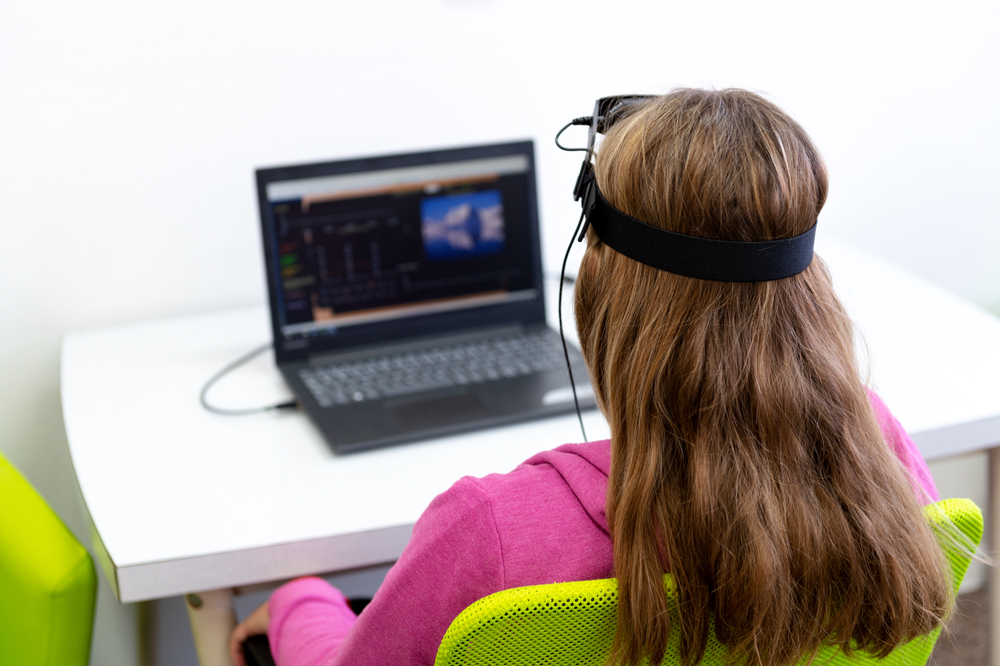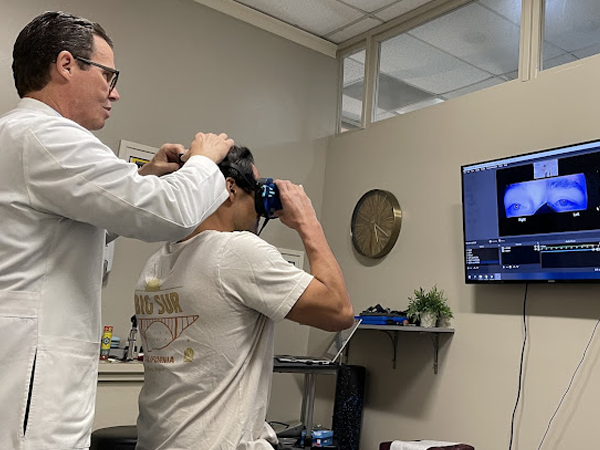
In the past, researchers intending to study the brain’s functioning injected dyes inside the brain, then established the connections therein post-mortem. The method was slow, time-consuming, and expensive. But the evolution of technology and science now allows scientists and doctors to study a living brain. They can decipher the flow of information inside the brain as it is being processed. The study of brain activity is called brain mapping.
Defining Brain Mapping
Brain mapping is a neuroscience technique that evaluates the functioning of the brain. It records brainwaves over a period of time to generate a map of the brain’s biological connections. The goal is to decipher the quantity and quality of the spatial representations of the brain. Specifically, the map identifies the functioning of various regions of the brain.
How Is Brain Mapping Done?
There are many brain mapping techniques. But, the commonly used test is the quantitative electroencephalogram (qEEG) test. It measures electrical activity and displays the results in brain wave patterns.
For the qEEG test, the doctor places a cap over the patient’s head and clips two sensors onto the patient’s earlobes. The earlobes become the baselines because they do not have any electrical activity.
The cap detects the electrical impulses that brain cells use for communication. When information passes from one cell to the next, the electrodes catch these impulses.
The patient’s cap is connected to a computer with special software to analyze the mapping report. The data collected is presented in statistical brain maps and numbers. The doctor then compares an individual’s test results to those of a normative population. The extent to which the individual’s results vary from the ‘norm’ indicates the brain’s state.
The brain mapping process takes approximately 15 minutes. The brain’s data is collected in brain wave patterns and presented in a visual brain map report. The doctor analyses the report and identifies any problematic areas.
The Purpose of Brain Mapping
Brain mapping serves critical purposes. For example, qEEG test results help diagnose brain disorders, like seizure disorders or epilepsy. The mapping results also help target specific therapies to a region of the brain to improve function and reduce symptoms. The results are also useful for treating brain inflammation and sleep disorders. Doctors may map the brain to study brain dysfunction and possible damage after a head injury.
A QEEG test can also be used to confirm improving brain activity following therapy.
Brain mapping tests are painless and safe. Since it is non-invasive, it provides a high-tech view of brain health in an affordable way for children and adults.
Brain mapping offers a comprehensive evaluation of the activity of your brain. If you have a condition that requires an understanding of your brainwaves, get a brain mapping test done at the Bagnell Brain Center in Pinecrest, Florida. Please don't hesitate to give us a call at (305) 889-7488 to request an appointment.






